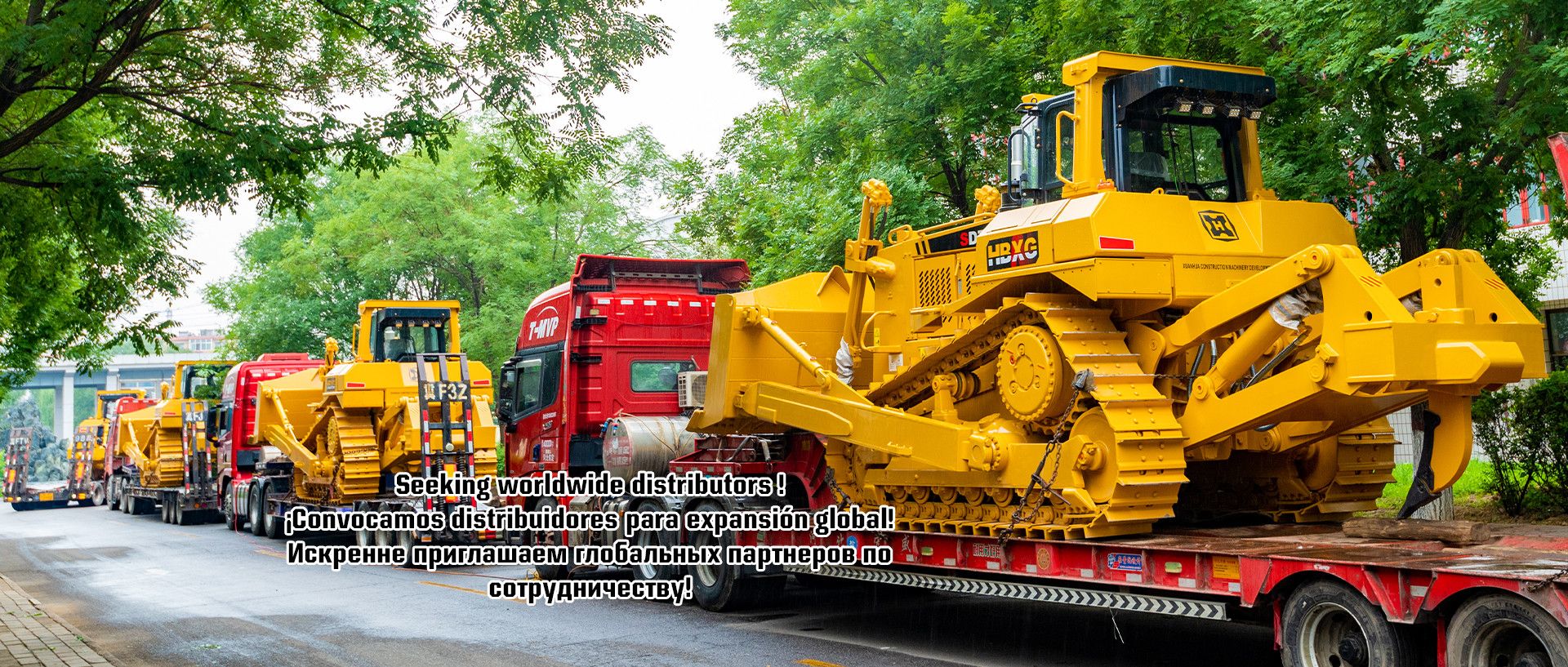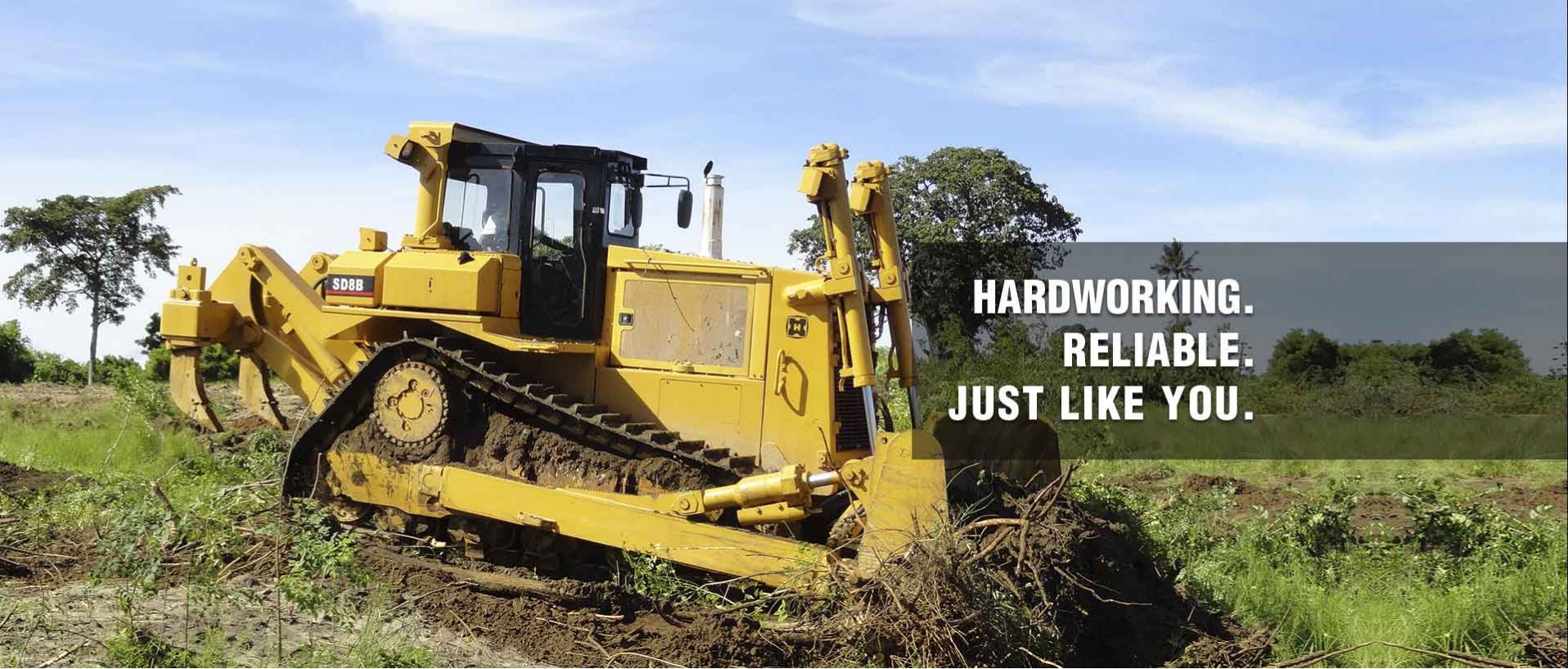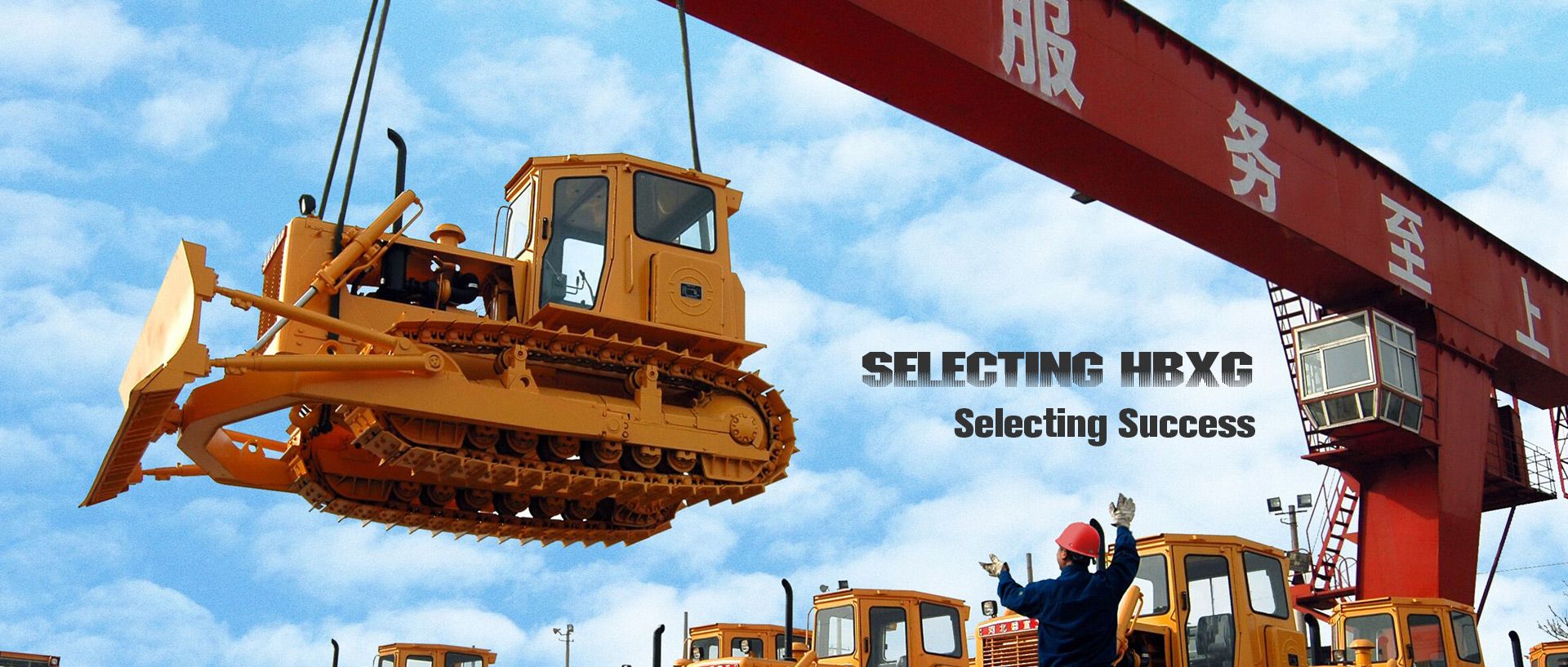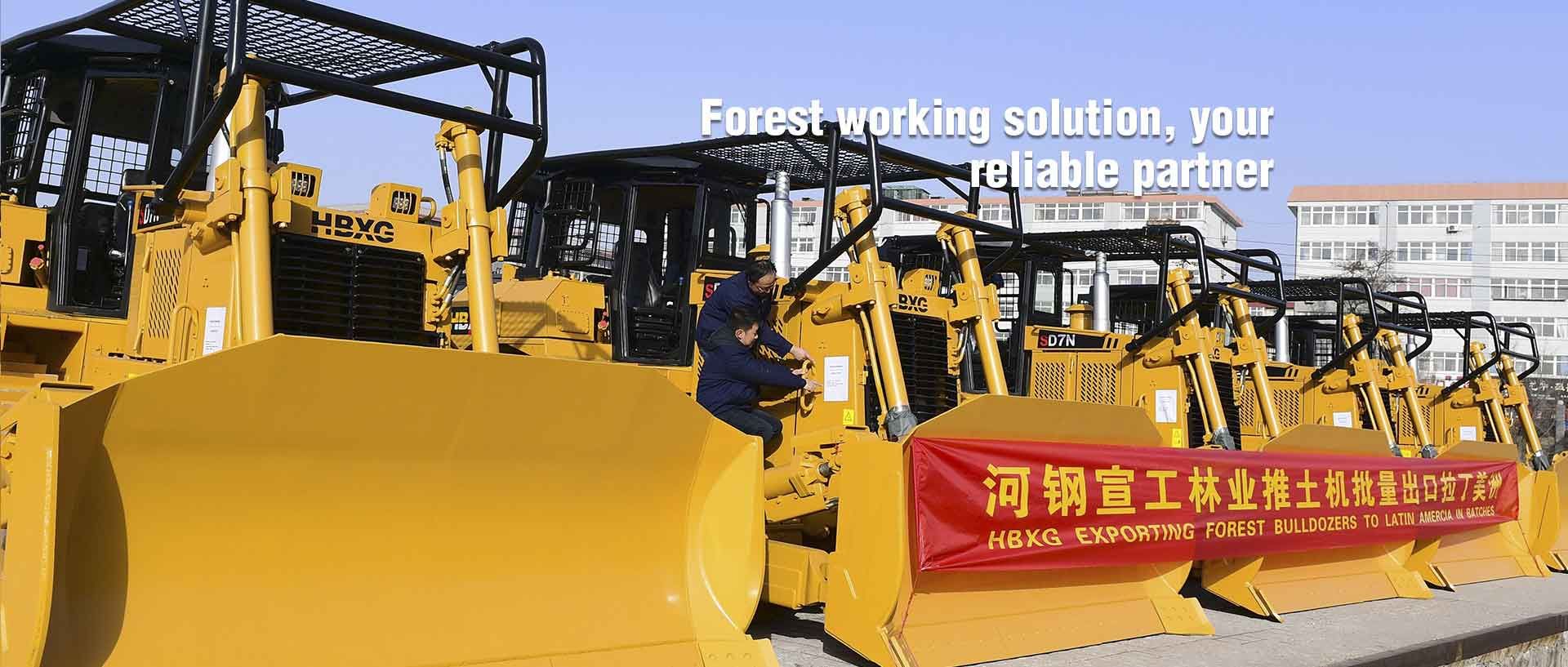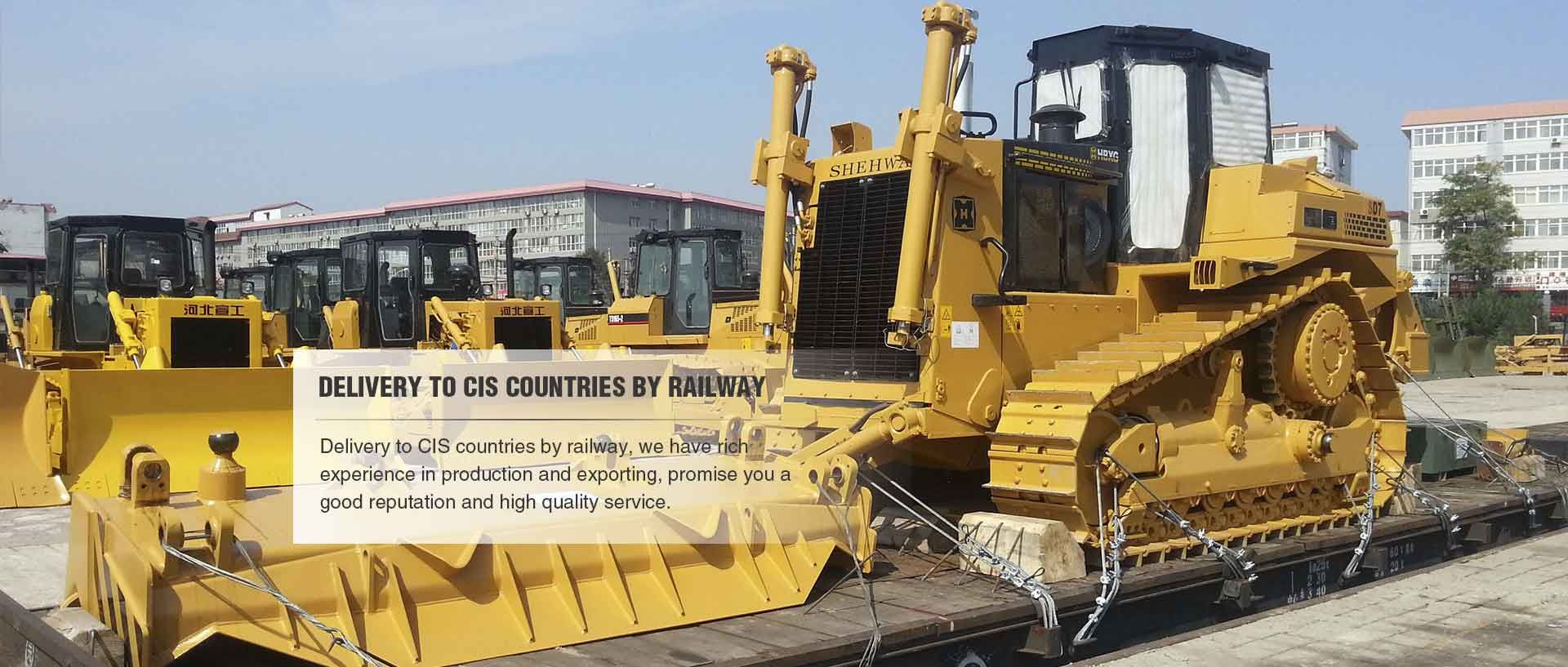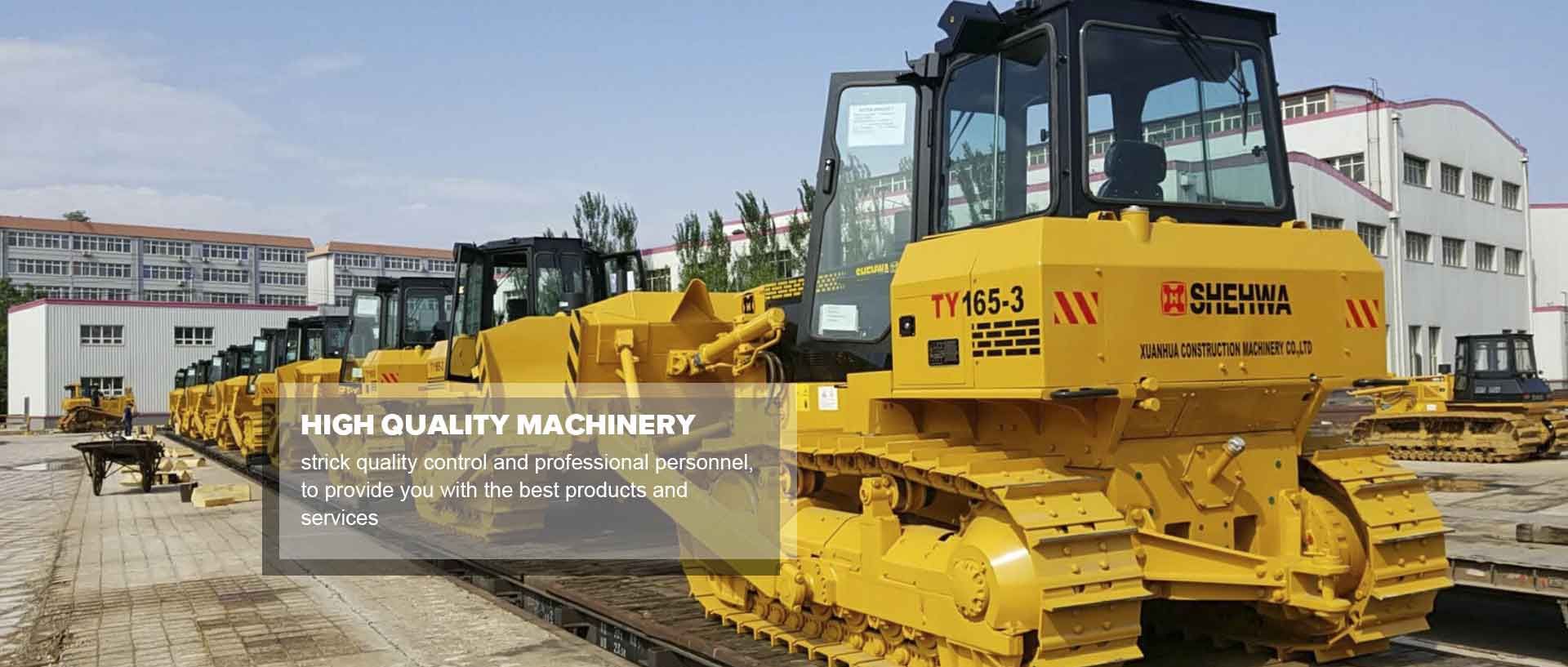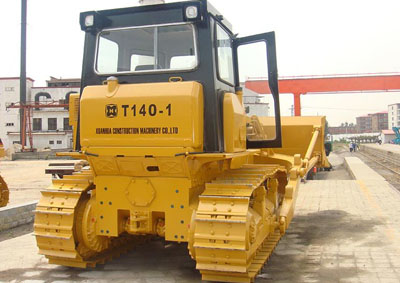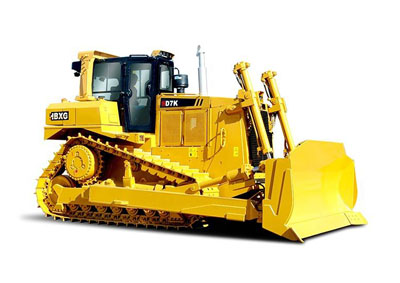Everything You Need To Know About Bulldozers
 Jan. 11, 2024
Jan. 11, 2024
Bulldozers, powerful earth-moving machines, are indispensable in various industries for their versatility and capability to handle heavy-duty tasks. Whether you are involved in construction, mining, forestry, or agriculture, having a comprehensive understanding of bulldozers is crucial. This guide covers everything you need to know about these robust machines, from their types and components to their applications and maintenance.
1. Bulldozer Types
Bulldozers come in different types, each designed for specific purposes:
Crawler Bulldozers: Equipped with continuous tracks for enhanced traction and stability.
Wheel Bulldozers: Featuring wheels for improved mobility on certain terrains.
Mini Bulldozers: Compact in size, suitable for smaller projects with limited space.
2. Key Components of Bulldozers
Understanding the main parts of a bulldozer is essential for its effective operation:
Blade: Front attachment for pushing, lifting, and moving materials.
Undercarriage (Tracks or Wheels): Provides mobility and stability.
Ripper: Rear attachment for breaking up hard or compacted materials.
Cabin: Operator's compartment with controls for steering and operation.
Engine: Powerhouse that drives the bulldozer's functions.
3. Applications of Bulldozers
Bulldozers find applications in various industries due to their versatility:
Construction: Clearing, leveling, and grading construction sites.
Mining: Excavating and transporting materials in mining operations.
Forestry: Clearing land for logging or creating firebreaks.
Agriculture: Land preparation, irrigation channel construction, and terracing.
Infrastructure: Building roads, dams, and other large-scale projects.
4. Maintenance Tips
Maintaining a bulldozer is crucial for ensuring optimal performance and longevity:
Regular Inspections: Check tracks, fluids, and overall condition regularly.
Proper Lubrication: Ensure all moving parts are well-lubricated for smooth operation.
Timely Repairs: Address any signs of wear, damage, or malfunctions promptly.
Clean Air Filters: Regularly clean or replace air filters to maintain engine efficiency.
Frequently Asked Questions about Bulldozers
Q: Are bulldozers suitable for residential construction projects?
A: Yes, mini bulldozers are often used for residential construction projects due to their compact size and maneuverability.
Q: Can bulldozers be used for snow removal?
A: Yes, certain bulldozers equipped with blades or snowplows are used for snow removal in colder climates.
Q: What safety precautions should operators take when using bulldozers?
A: Operators should undergo proper training, wear safety gear, and follow all safety guidelines to prevent accidents.
In conclusion, having a comprehensive understanding of bulldozers, including their types, components, applications, and maintenance, is essential for anyone working in industries that rely on these robust machines. Whether you are a seasoned professional or just starting, this guide provides valuable insights into the world of bulldozers.















